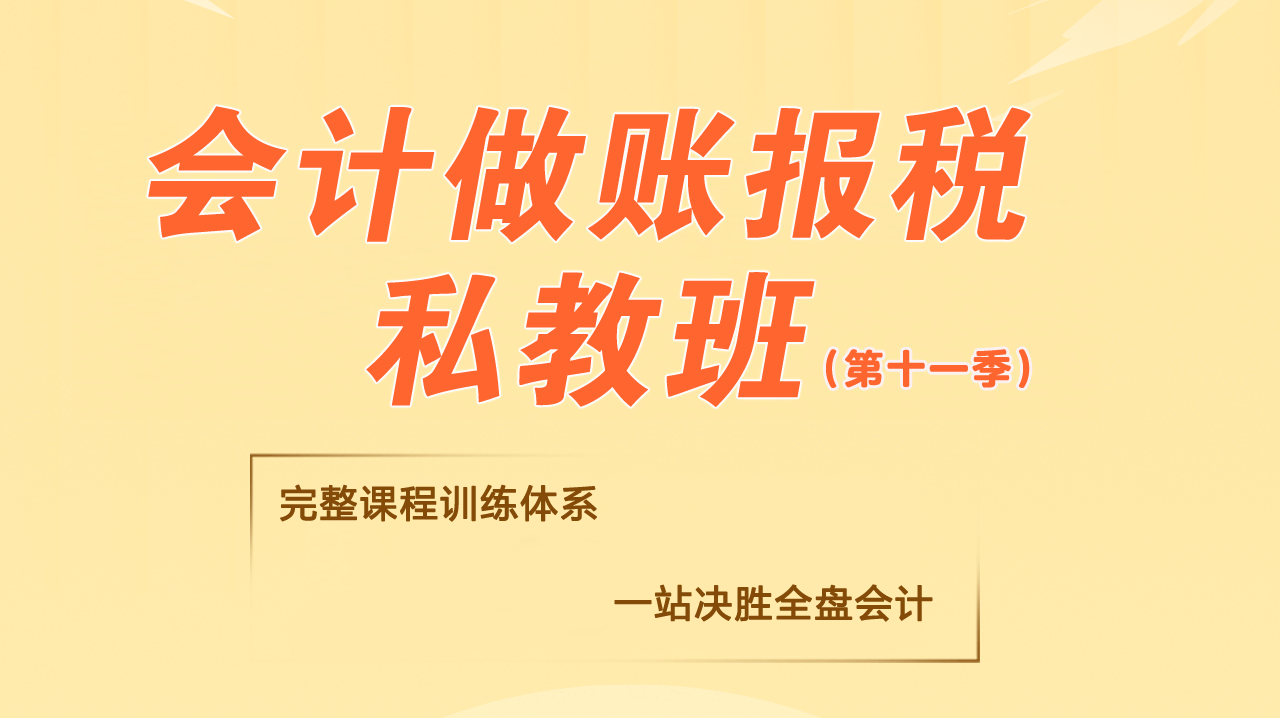中国运动品牌将经历一轮淘汰(双语)
Grim times lie ahead for China’s sneaker and athletic-clothing brands about to face the hangover of easy credit and all-too-rapid expansion, according to analysts.
Reuter2009年,在一次新闻发布会上,俄罗斯奥运冠军伊辛巴耶娃(Yelena Isinbayeva)站在中国体育运动品牌李宁的LOGO前。
分析师们说,为应对大举借债和实在太过迅速的扩张导致的后遗症,中国的运动鞋和运动服生产商未来将面临一段严峻的日子。
Once poised to benefit from China’s hosting of the 2008 Beijing Olympics, analysts now view the brands as caught by steroid-like overgrowth of their retailing and wholesale businesses.
分析师们认为,中国的这些生产商曾打算借2008年北京奥运会的东风赚上一笔,现在却因自己的零售和批发业务在人工催长下过度增长而陷入困境。
“The overcrowding of stores is beginning to cause cannibalization of sales and [a] price war,” said UOB KayHian analyst Ken Lee in a note released last week.
大华继显(UOB KayHian)的分析师Ken Lee在一份上周发布的研究报告中说,门店数量过多正开始导致你死我活的竞争和价格战。
The problem, Lee said, can be traced back to the initial-public-offering boom in Hong Kong during recent years, when mainland Chinese consumer-related themes were able to raise funds easily to fuel ambitious growth plans.
他说,这一问题可以追溯到最近几年在香港出现的首次公开募股热,借着这股热潮,中国内地的消费相关企业得以容易地筹到资金以推动其雄心勃勃的增长计划。
For example, Peak Sport Products Co. ─ which signed U.S. basketball star Jason Kidd and other top athletes to represent its line of apparel ─ was able to raise $224 million in a September 2009 listing, pledging to use the funds for product development and to expand its retail sales network in China.
以匹克体育用品有限公司(Peak Sport Products Co.)为例,它2009年9月通过上市募集资金2.24亿美元,并承诺将这笔资金用于产品开发和扩大在中国的零售网络。匹克体育签下了美国篮球明星基德(Jason Kidd)和其他一些运动员来做自己运动服的代言人。
Likewise, apparel group 361 Degrees International was able to raise $231 million as part of its offer, which debuted in June 2009. Promoters said the company would benefit from sportswear spending, expected to rise at a 30% annualized rate for years.
此外,服装企业361度国际有限公司(361 Degrees International)也通过首次公开募股筹集资金2.31亿美元,该公司股票于2009年6月上市交易。当时给这家公司做宣传的人说,361度国际将从消费者增加在运动服装方面的支出中获益,预计该公司将多年保持30%的年增长率。
But what followed, says Lee, was a retailing arms race that outpaced consumer spending power.
Ken Lee说,接下来出现的却是各运动服生产商的零售竞赛,这一竞争导致市场供应超出了消费者的购买能力。
Five of the major Chinese sportswear brands listed in Hong Kong each have retail networks of more than 7,000 mainland Chinese outlets, according to UOB KayHian, citing data at the end of 2010. A sixth brand listed in Hong Kong, focused more on wealthier coastal cities, operates 3,750 outlets.
大华继显截至2010年底的数据显示,在香港上市的中国五大运动服生产商,每家在中国内地都有7,000家以上的零售店。第六家在香港上市的中国运动服生产商把业务重点放在那些更富裕的沿海城市,它有3,750家零售店。
A recent visit to some of these stores revealed product markdowns of 50% to 90%, or even two-for-one promotions on summer wear.
大华继显最近考察这些运动服生产商的一些零售店后发现,它们的产品常常降价50%至90%销售,夏装甚至在搞买二赠一促销。
“We have never seen such deep and prevalent discounting,” said Lee, whose retail survey in June took him to six cities around the Chinese mainland.
Ken Lee今年6月曾到中国内地六座城市考察零售业,他说,我们从未见到过如此大范围、高幅度的打折。
In a note earlier this month, Credit Suisse analysts said they expect some of the brands to merge as they struggle for survival amid what could be a crisis during the current half-year period.
瑞信(Credit Suisse)分析师在本月早些时候发表的一份研究报告中说,他们预计中国一些运动服生产商将出于生存需要而进行整合,因为这一行业今年下半年可能爆发一场危机。
International brands appear, so far, to be avoiding the fallout. Nike Inc.’s Greater China sales were up 16% in the second quarter from a year earlier. But two recent profit warnings are amounting to a reality check for the Chinese labels.
到目前为止,那些生产运动服的跨国公司似乎并未遭受因过度竞争导致的困境。耐克公司(Nike Inc.)今年第二季度的大中华地区销售额比上年同期增长了16%。但对中国的运动服生产商来说,两家公司最近发出的利润预警却是它们眼下困境的现实写照。
Li Ning Co. on July 7 warned of weaker first-half results, while a day later China Dongxiang Group, makers of popular Chinese brand Kappa, cautioned its first-half profit would be lower than year-earlier levels.
李宁有限公司(Li Ning Co.)在7月7日发布预警说,公司上半年业绩将较为疲弱,一天之后,中国知名运动装品牌卡帕(Kappa)的生产商中国动向集团有限公司(China Dongxiang Group)发布预警说,它今年上半年利润将低于去年同期。
“We see this as a turning point ... [showing] investors’ loss of faith in Chinese sportswear stocks,” said Lee, citing a sharp sell-off in share prices across the sector following the profit warnings.
Ken Lee说,我们将此视为一个转折点......这显示投资者丧失了对中国运动服生产商类股的信心。他说,自己的理由是在上述利润预警发布后,中国运动服生产商的股票全都遭遇大幅抛售。
Li Ning’s board warned that higher raw-material prices were a factor for its upcoming soft numbers, which would see first-half profit fall by as much as 56% from a year earlier.
李宁公司董事会告诫说,原材料价格走高是导致其即将发布的盈利数据疲软的一个因素。其上半年利润同比最多可能下跌56%。
Meanwhile, China Dongxiang said its first-half profit could slump by up to 75% from a year earlier because of weaker sales and a 220 million yuan ($34.1 million) provision to buy back excess inventory from distributors that supply independent retail shops.
与此同时,中国动向表示,由于销量下滑以及计提2.2亿元(约合3,410万美元)准备金用以向分销商回购积压库存,其上半年利润同比可能最多下滑75%。上述分销商负责给独立零售店供货。
Ahead of the profit warnings, Lee downgraded the sportswear sector to underweight, from his previous market-weight view. He was particularly wary of Li Ning’s retail strategy, which includes plans for 10,000 retail outlets within three years, up from around 8,000 currently.
在公司发布盈利预警之前,Ken Lee将运动服行业的评级从此前的与市场大盘一致下调为“减持”。他特别警惕李宁的零售战略。这一战略包括三年内将零售店面从目前的大约8,000个增加至1万个。
In some cases, the retailer was opening additional outlets on city blocks where it already operated as many as four locations.
在某些情况下,零售商打算在一些已经开设了四家店的街区开设新的店面。
“Adding more stores doesn’t help,” Lee said, adding that Li Ning’s management is believed to be rethinking the expansion.
Ken Lee说开更多的店无助于事,并说李宁管理层应该重新考虑扩张战略。
New factory outlets had driven up Li Ning’s operating expenses but did little to boost overall sales, Citigroup said in a note on the company.
花旗集团在一份有关李宁公司的研究报告中说,新开设的工厂直销店推高了李宁公司的营业费用,但对提高整体销售额却几乎没有帮助。
Citi said Li Ning may have pressed on with the factory-outlet expansion as a way getting rid of unwanted inventory.
花旗集团说,李宁公司坚定推进工厂直销店的扩张战略,可能是想借此处理积压库存。
Still, UOB’s Lee believes much of the decline is now irreversible, forecasting Li Ning to swing to a loss beginning in the first half of next year. A key indicator to watch will be sales figures due out in August and another set in the autumn that point to wholesale demand for 2012.
尽管如此,大华继显的Ken Lee认为销量下滑的趋势基本不可逆转,他预测说李宁公司明年上半年会开始亏损。一个必须留意的关键指标是将于8月份出炉的销售数据,以及今年秋季发布的有关2012年批发需求的数据。
What’s coming back to haunt retailers are credit lines and longer payback periods which they extended to wholesalers buyers. Profit margins were a casualty, as vendors cut prices to get ride of excess merchandise.
再次困扰零售商的问题包括信用额度以及零售商延长了批发客户的回款周期。为了处理积压商品,销售商纷纷降价,利润率因此大幅下滑。
Morgan Stanley last week cited the need for additional buy-backs of ageing inventory by Li Ning and China Dongxiang’s Kappa as reasons for its bearish views of the sector.
上周,摩根士丹利(Morgan Stanley)以李宁公司和中国动向还要继续回购过季存货为由看跌运动服行业的后市。
A turnaround by Nike and Adidas AG, which overcame inventory problems in China during a painful two-year workout in late 2008, offered a template for recovery. But Lee said the scale of the problems facing the domestic Chinese brands was bigger.
耐克和阿迪达斯公司(Adidas AG)的扭亏为盈提供了一个复苏的模式。但Ken Lee说中国国内品牌面临的问题规模更大。从2008年末开始,耐克和阿迪达斯公司在中国经历了一个痛苦的两年周期,两家公司在此期间克服了库存问题。
“Now, even after the plunge in stock prices, we remain pessimistic on the sector,” he said.
Ken Lee说,现在即使在股价暴跌之后,我们仍然对该行业持悲观态度。
Still, some Chinese brands offered more optimistic outlooks. Hong Kong-listed Xtep International Holdings Ltd., an apparel group partly owned by the Carlyle Group, said it plans to add 500 retail outlets this year, mainly in smaller urban centers. The move, it said, was designed to tap sportswear sales growth in China of 15% to 18% this year.
尽管如此,一些中国运动品牌仍然对前景持有乐观的预期。在香港上市的特步国际控股有限公司(Xtep International Holdings Ltd.,简称:特步国际)表示今年计划新增500个零售店面,地址主要在二三线城市的中心。这家服装集团由凯雷集团(Carlyle Group)部分所有。特步国际说此举意在利用中国国内15%至18%的的运动服销售额增长率。



